This post is arriving out of the blue really. I should have started this a year ago and worked up to this point. Instead, I decided that I’d made a significant step forward now and this was the time to start writing about the nuts and bolts (some of which are not metaphorical) of this project.
The project is to add sound effects records to the website. To date, I’ve added records, cassettes and CDs mainly available to the general record-buying public. I was aware of sound effects discs that were not for sale in the shops though. I even bought a few on eBay. The impetus to really make the effort to add them to the site came from the donation to end all donations (not actually, please feel free to donate) of a set of BBC Sound Effects 7″ singles.
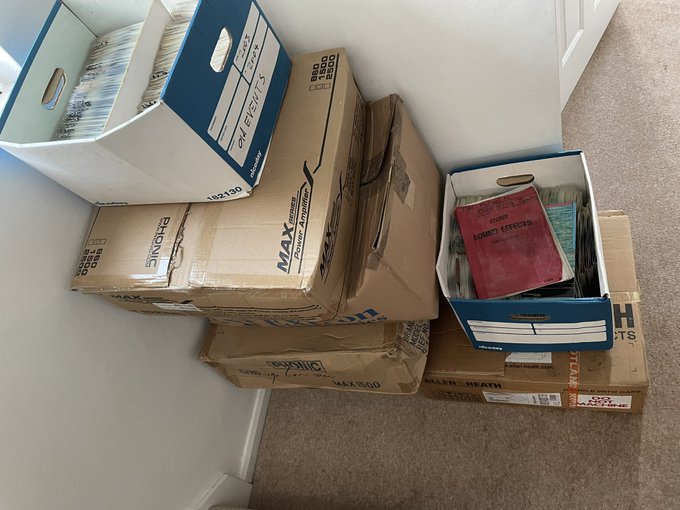
Skipping past the stage where I sorted out the duplicates; skating over my efforts to establish the complete list of all the 7″ SFX discs and tip-toeing around the 78s and CDs that form the more complete SFX library, I am now moving into the stage where I photograph all the discs I own. This will form the basis of a new discography.
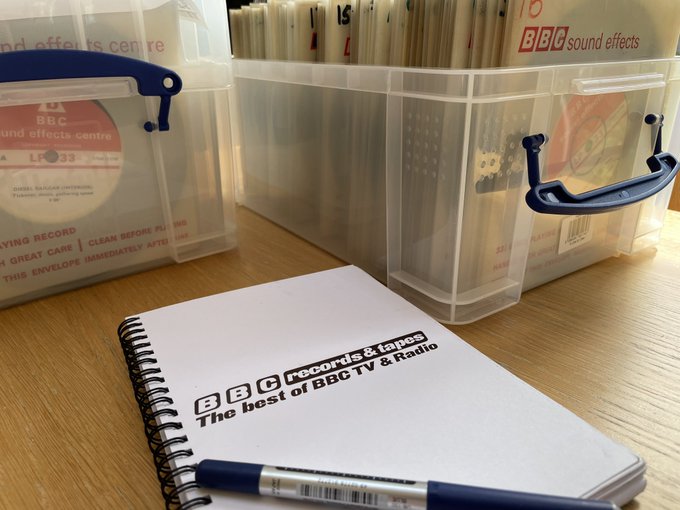
The first thing I did was have a really good think about how to take the photos for 1584 7″ discs. Scanning was rejected early on for being a) too slow and b) poorly focussed. Yes, focussing is an issue when scanning record labels because they are not flat objects and the scan head is not the correct distance from parts of the label. In particular, the outer parts where the interesting text is. I use a DSLR for photographing LP sleeves but that is something I may give up on because it’s quite the faff. For, much smaller 7″ single labels I decided to go with my iPhone camera. The quality is a lot better now than when I first started using the DSLR.
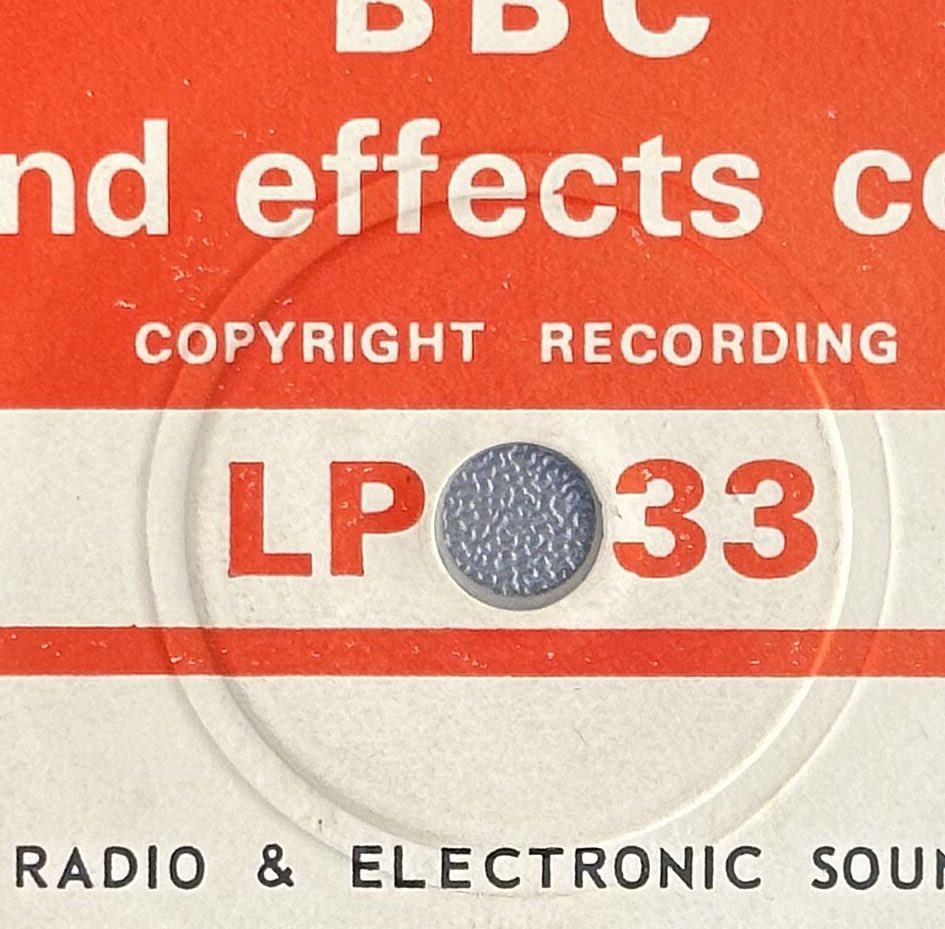
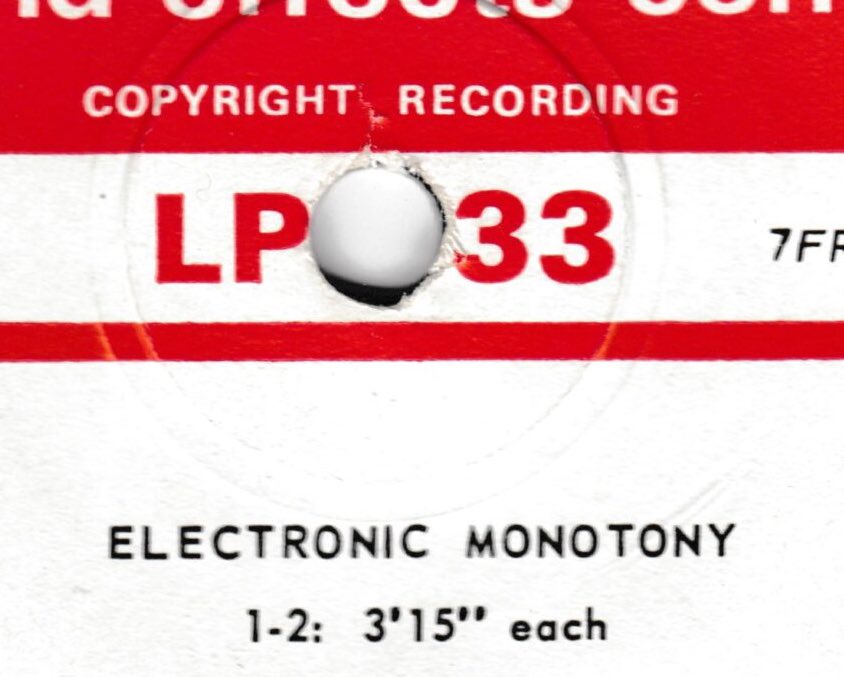
The next problem was how best to position the camera. What I’ve learned from LP photography was that you need to point the lens perpendicular to the surface as accurately as possible. I would need a stand for the iPhone to hold it in place with some degree of adjustment to get this perpendicularity as good as possible. So, I bought a fairly cheap copy stand via eBay
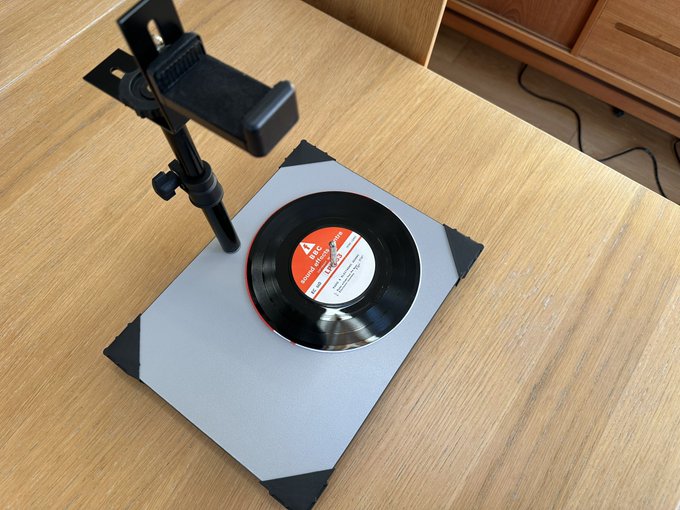
My next concern was about the positioning of the records during photography. For the LPs, I use a base under the camera tripod which holds the sleeve against an edge at just the right height not to create shadows. This works okay. It’s supposed to make it easier to crop the edges but every sleeve is slightly different I have always had to manually edit each photograph to get it right. For the singles, I wanted something better and with the spindle hole right there I decide to use that to centre every disc in the same position. I knew some rotation would be required afterwards, as well as cropping, so anything that makes the image more ready for this processing is time well spent. I bought a second-hand spindle off eBay and drilled a position where I could locate the camera easily.
The other idea I had was to get a slip mat to go under the disc to protect it. For this, I realised it was quite cheap to get one made with a bespoke design. One Inkscape session and another eBay order later I had this.

The last addition to the copy stand looks like a bodge but was always in my thinking. The problem with handling hundreds of records is that you want to do it as fast as possible. You may know that picking a 7″ record up from a 12″ turntable platter can be slightly awkward if the disc sits too flat on the mat. You have to get your fingers and fingernails into the right shape to prise them off. Doing that a few thousand times will get annoying. I concluded that the surface under the mat should be a little smaller than the disc. As the mat is flexible pulling the discs away should be much easier this way. Also, my spindle was a little longer than required so I needed this plinth to be just the right size. I was able to find an offcut in my garage quite easily and this is the result.
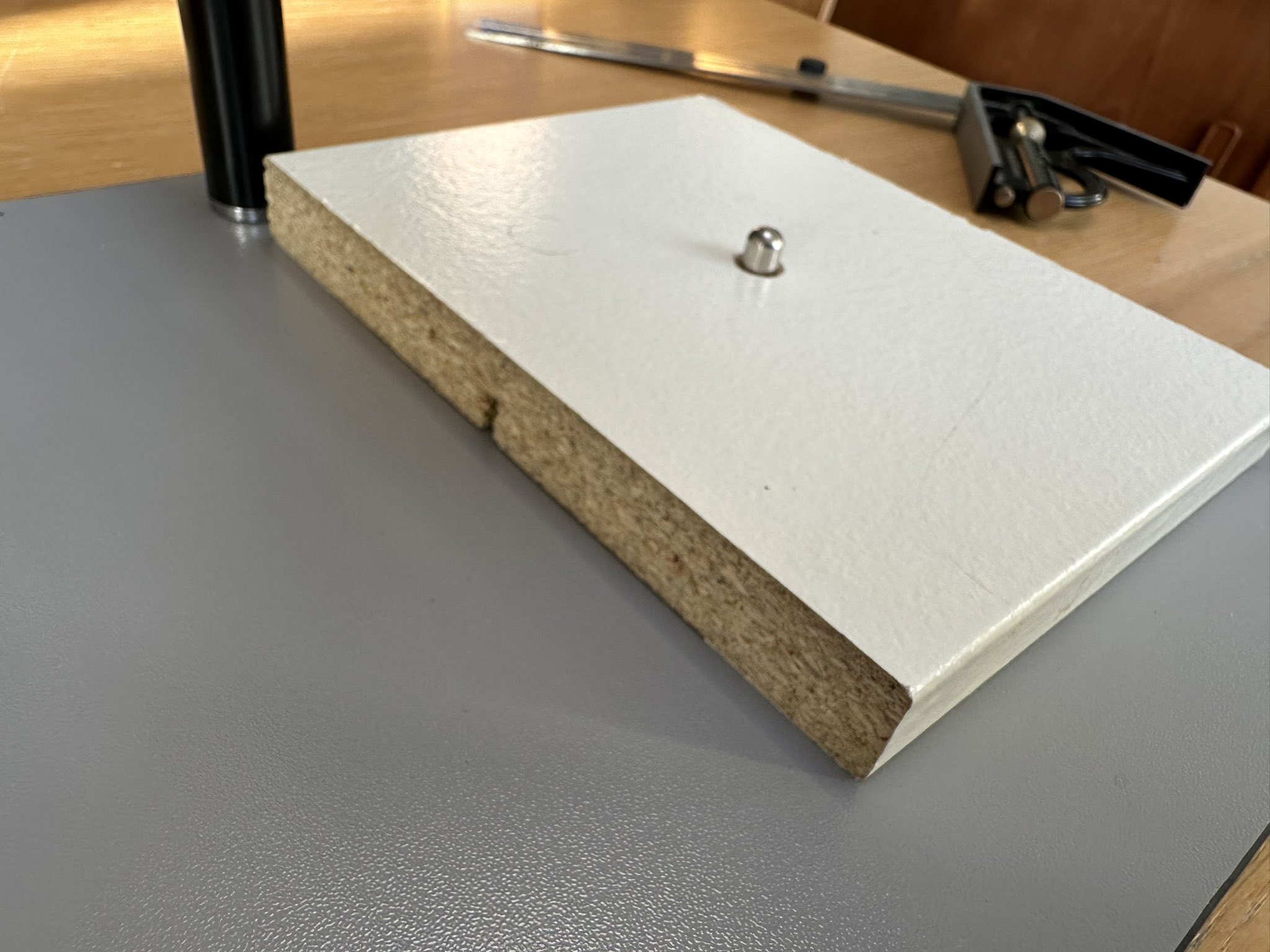

With the stand, plinth and mat ready I decided to try a small batch of records and see how well it worked. I immediately hit lighting problems as the stand was casting a shadow. I quickly rotated the stand and added an LED photography light, then ran through the batch of discs.
The test worked well in terms of speed and accuracy but the lighting was the biggest failure.
- Setting the camera to be centred above the spindle and sitting parallel to the surface went okay. I used the alignment of cross-hairs on the camera app as a guide, but that assumes the table is also plumb. I might see what else I can do about that.
- Handling the discs was okay. Taking each one out of its sleeve as I went was fine but would be easier with two helpers. At least placing and removing them was easy and I don’t need to rethink the stand, plinth & mat – at least, not entirely.
- Lighting was the most significant issue and needs more work. I only had one light, quite close and angled down. Initially, this was bleaching out the colour of the label so I rotated the disc and it seemed better. It did mean that all the photos were upside down though and I need to think about whether that is a bother or not. Two issues remained.
- Some of the labels are slightly more reflective and the text was lost in the glare.
- And. as I found later the reflection for the vinyl around the label is going to be an issue for the automatic detection and cropping of the label.
- The final problem was something I only noticed much later. Some of the discs have centre push-outs, not solid labels. The cut-outs then show whatever is underneath. That means my lovely slip mat is visible and I’m not happy with that result.
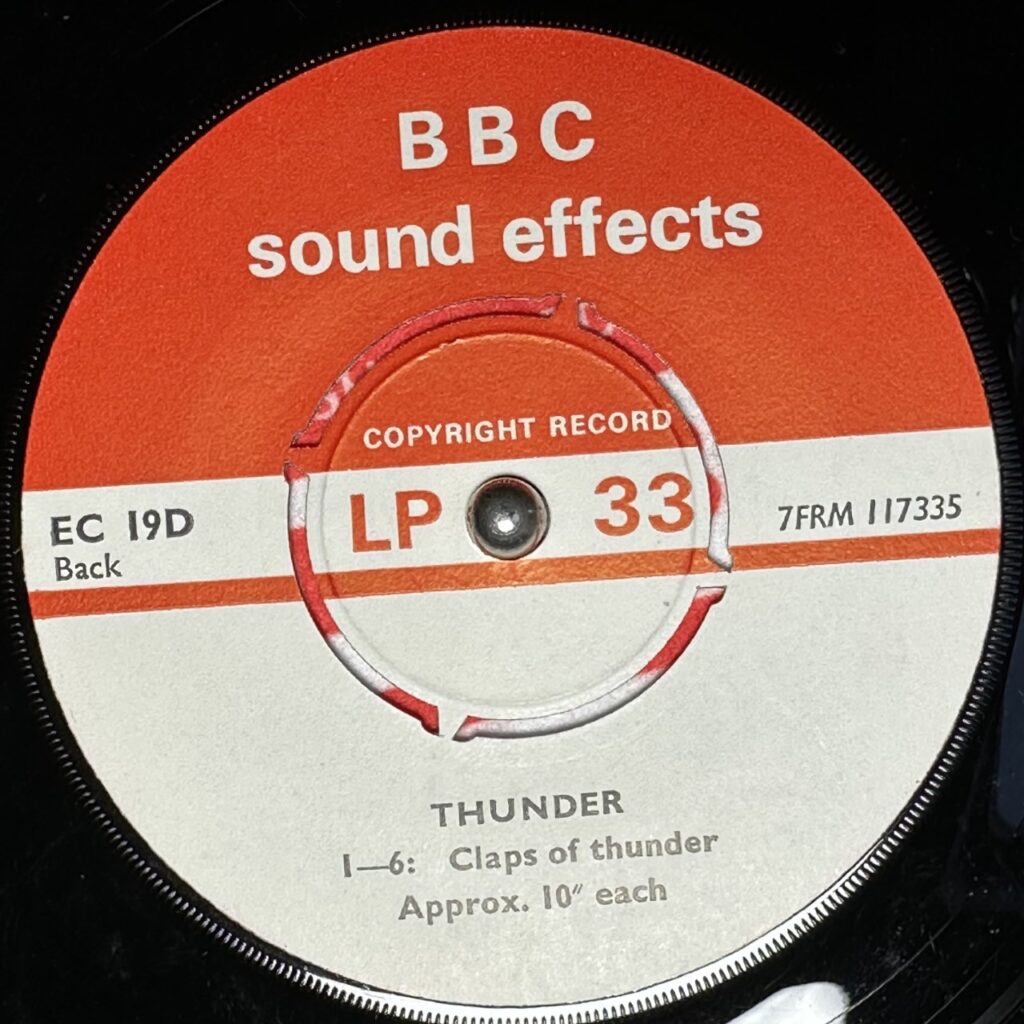
In conclusion, the lighting and the mat need work. That didn’t stop me trying out the Python OpenCV library to automatically crop the images. But that’s another post.
